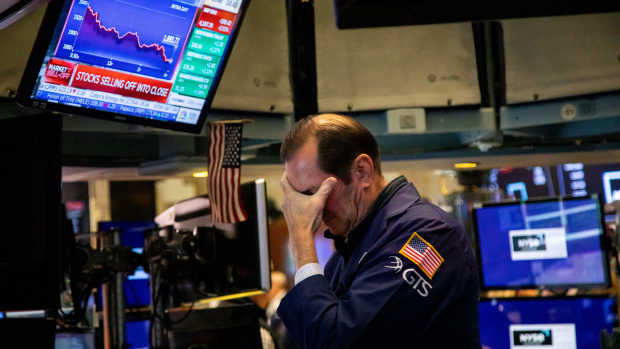Past Two Months Weren’t Unusual for Markets
The stock market’s returns over the past two months weren’t all that unusual.
No doubt you will disagree. The coronavirus was a Black Swan event, after all.
But you should resist the impulse to put the past two months in that category. By doing so, you basically dismiss them as so unprecedented and unique that there’s nothing we can learn from them.
And that would be shame.
Consider the more than 100 investment newsletter portfolios whose returns are calculated and audited by my firm. Not surprisingly, they lost a huge amount in March (an average loss of 17.7%) and gained a huge amount in April (13.8%, on average). But, for most of them, their gains and losses were not the most they had ever gained or lost in any given month.
In fact, two-thirds of the newsletter portfolios experienced at least one month during the decades I have been tracking them in which they lost more than they did in March. And 79% of them have had a least one month in which they made more money than they did in April.
This is why I say that the past two months weren’t all that unusual.
The reason they nevertheless appear to be unusual is because our memories are short. We forget about months that happened long ago, even if they produced bigger gains or losses. Needless to say, however, those prior months are just as statistically relevant to picking an adviser or strategy as March and April are.
Take, for example, the momentous event that happened 10 years ago this week: The so-called Flash Crash. It was on May 6, 2010, that the stock market fell by 9% in just a few minutes’ time. That’s almost as much as the 12.0% loss that the S&P 500 suffered on its worst day in this past March (March 16). But you get blank stares from many investors now when you ask them about that fateful day.
Similarly, the newsletters whose worst monthly losses occurred before March most often incurred them many years ago: During the Great Financial Crisis in 2008, the bursting of the Internet bubble in 2000, or the 1987 Crash. Their followers therefore are likely to think the past two months are more unusual than they really are.
This phenomenon is of more than mere academic interest to behavioral economists, who refer to it as “recency bias.” It also leads investors into making irrational decisions: Erroneously believing that their adviser has lost more money than ever before in March, they stop following their advice. And, then, upon hearing about the spectacular gains many other newsletters produced in April, they immediately want to sign up.
This behavior almost invariably leads investors into being whipsawed out of, and then back into, the market. They are constantly buying high and selling low, which is a surefire recipe for losing money. This is why a mutual fund’s “investor return” that Morningstar calculates is far more often than not lower than its advertised return. A fund’s investor return, of course, “captures how the average investor fared in a fund over a period of time;” and therefore reflects the toxic consequences of “buy-high-sell-low” behavior.
The bottom line? Hard as it might otherwise appear to do right now, you should put your portfolio’s or adviser’s returns over the past two months in a long-term perspective. When you do, you’re likely to be more sanguine and, therefore, more likely to make a sober assessment of what, if anything, you should be doing.














